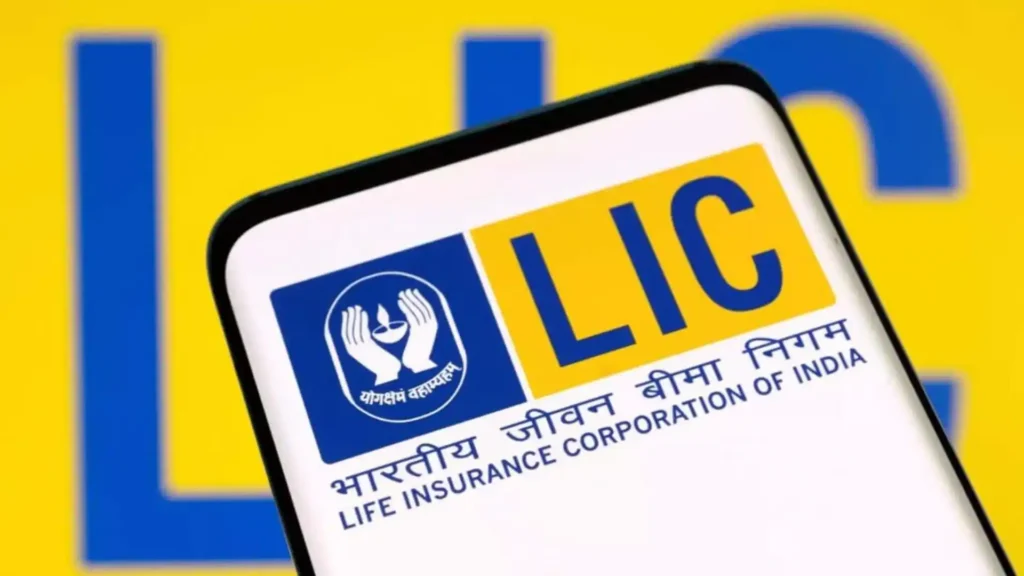It’s July 2025, and while we’ve made strides in medical advancements, the cost of healthcare in India continues its relentless climb. For many, a ₹3 lakh health insurance policy might feel like a decent safety net, a shield against unexpected medical bills. But in today’s rapidly evolving healthcare landscape, that ₹3 lakh is increasingly becoming a risk, not the protection you truly need.

The Stark Reality: Medical Inflation’s Unyielding Grip
Let’s cut to the chase. Healthcare costs in India are projected to surge by 13% in 2025, significantly outpacing global averages. This isn’t just a number; it’s a direct threat to your financial well-being if your insurance coverage hasn’t kept pace. Factors like the adoption of advanced medical technologies (think robotic surgeries and AI-powered diagnostics), the rising incidence of lifestyle diseases, and the sheer demand for quality healthcare are all fueling this inflation.
What does this mean for your wallet? Reports indicate that a staggering 62% of hospital expenses in India are still paid out-of-pocket. This alarming statistic highlights that even with insurance, a significant portion of medical costs is being borne directly by individuals, often leading to financial distress or even debt. Your ₹3 lakh cover, once seemingly adequate, is now quickly becoming a mere drop in this increasingly expensive ocean.
The Real Cost of Getting Well: Common Procedures in 2025
Let’s look at some common medical scenarios and what they could realistically cost you in 2025, demonstrating just how quickly ₹3 lakh can evaporate:
- Cardiac Procedures: An angioplasty, a relatively common heart procedure, can cost anywhere from ₹1 lakh to ₹2.5 lakh for a single stent, with complex cases or multiple stents pushing it even higher. If a bypass surgery is required, you’re looking at a range of ₹1.5 lakh to ₹5 lakh. A ₹3 lakh cover might just about cover the initial procedure, leaving you vulnerable to post-operative care, diagnostics, and medication costs.
- Cancer Treatment: This is where the ₹3 lakh cover truly becomes a gamble. Chemotherapy sessions alone can range from ₹20,000 to ₹2 lakh per session, depending on the drugs. A full course of radiation therapy might cost between ₹2 lakh to ₹5 lakh. And surgical interventions for cancer can easily run into several lakhs, with some advanced targeted and immunotherapies exceeding ₹10 lakh annually. A ₹3 lakh policy here is barely a scratch on the surface.
- ICU Stays: A critical illness requiring intensive care can quickly drain your sum insured. While specific 2025 figures vary by hospital and city, just a few days in a well-equipped ICU can easily cross the ₹1 lakh mark, often excluding doctor’s fees, specialized tests, and medication.
- Other Surgeries: Even common surgeries like a knee replacement can cost ₹1.5 lakh to ₹4 lakh. A significant road accident requiring multiple surgeries and prolonged hospitalization could easily escalate beyond ₹3 lakh within days.
Beyond the Hospital Bed: Hidden Costs and Evolving Needs
It’s not just the in-patient hospital bills that eat into your coverage. Your ₹3 lakh policy might also fall short on:
- Pre and Post-Hospitalization Expenses: These often include consultations, diagnostic tests, and follow-up care that can stretch for weeks before and after your hospital stay, adding significantly to the overall bill.
- Daycare Procedures: Many modern treatments that don’t require 24-hour hospitalization (e.g., specific ophthalmic or ENT procedures) are still expensive, and some basic policies might have limitations on these.
- Advanced Diagnostics: High-end MRI, CT scans, and specialized lab tests, crucial for accurate diagnosis, come with hefty price tags.
- Evolving Coverage: Newer IRDAI guidelines, while beneficial in mandating coverage for all age groups, reducing waiting periods for pre-existing diseases to three years, and covering AYUSH treatments without sub-limits, also mean that insurers are adapting. While this is positive, it underscores the need for more comprehensive plans to fully leverage these benefits.
From Risk to Shield: What You Need in 2025
In 2025, a ₹3 lakh health insurance cover is no longer a sufficient shield; it’s a significant financial risk. To truly protect yourself and your family, consider these recommendations:
- Minimum Coverage: For urban families, a minimum health cover of ₹5 lakh to ₹10 lakh per person is now a more realistic starting point.
- Consider ₹10-15 Lakh: For a family floater plan in metro cities, experts increasingly recommend a sum insured in the ₹10-15 lakh range.
- The Rise of Super Top-Up Plans: If a higher base policy seems too expensive, explore super top-up plans. These policies kick in once your base health insurance sum insured is exhausted, offering substantial additional coverage at a much lower premium. They are fast becoming the smart way to get high coverage like ₹1 crore health insurance plans, which are the new baseline for comprehensive protection.
- Review and Upgrade: Don’t wait for a medical emergency. Review your current health insurance policy, understand its limitations, and consider upgrading your sum insured to reflect the realities of 2025 healthcare costs.
Your health is your most valuable asset, and protecting it shouldn’t be a gamble. In 2025, move beyond the basics. Ensure your health insurance is a robust shield, not a fragile risk, safeguarding your financial future and providing genuine peace of mind.
Beyond the Basics: Why a ₹3 Lakh Health Cover is a Risk, Not a Shield, in 2025
It’s July 2025, and while we’ve made strides in medical advancements, the cost of healthcare…


